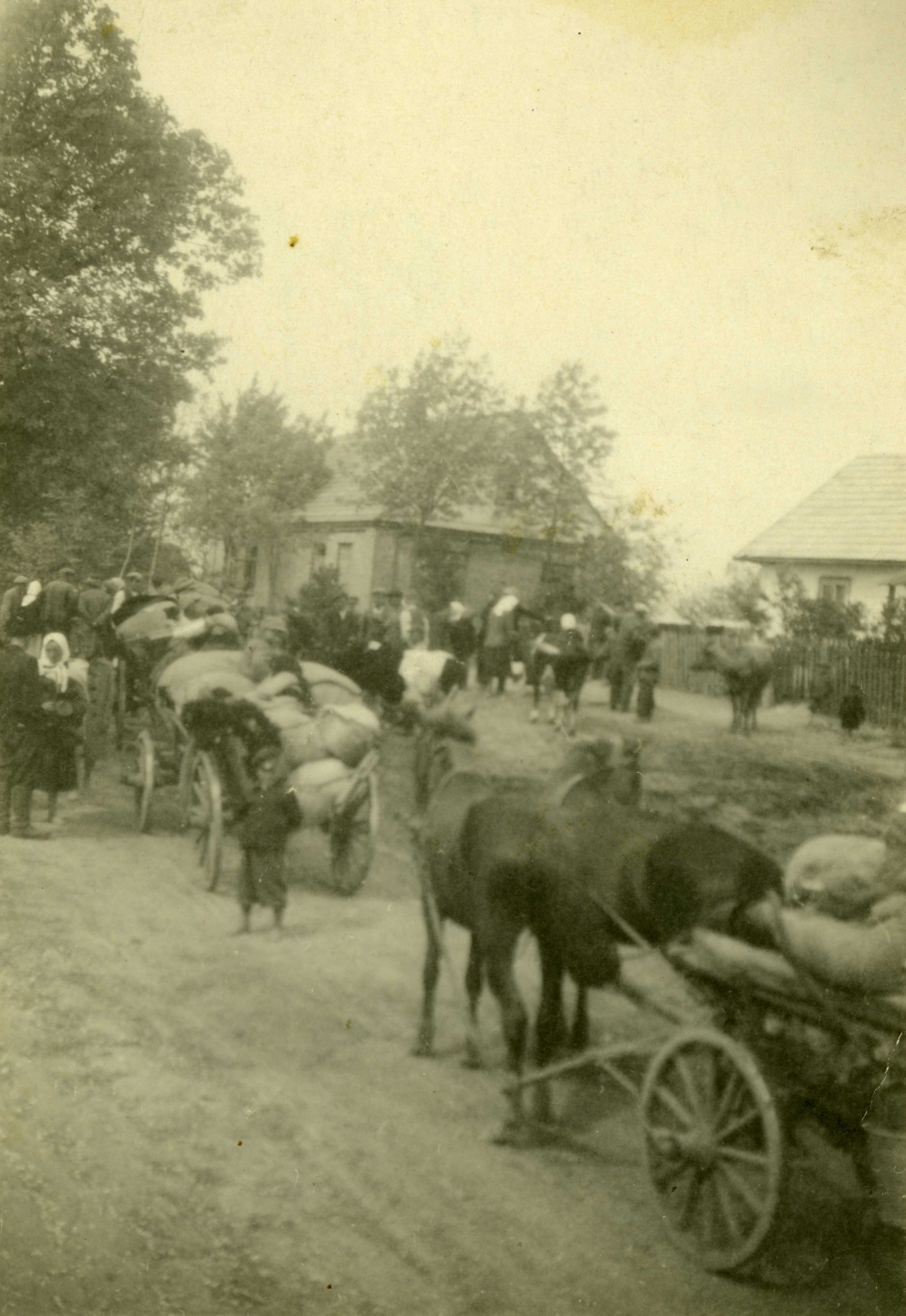Zamojszczyzna - a restless land
Zamojszczyzna is a small area in southeastern Poland, whose main bond is that it lies around the historic town of Zamosc, founded by the legendary Polish leader, chancellor and Great Crown Hetman Jan Zamoyjski. Thanks to his activities, the name of this beautiful city, as well as the region, were made famous.
Nevertheless, the history of Zamojszczyzna dates back to the earliest times, that is, as far back as the eighth century BC. It was probably then that the first man appeared there, who, however, settled in the area only four centuries later. It was then that Zamojszczyzna became an area of agrarian expansion. Initially, people took advantage of the fertility of the local soils, and then focused on animal husbandry.
Already in the centuries A.D., settlements began to appear in the area in question, which were initially established by the Lędzic people, i.e. Western Slavs, and the Duleb people (even medievalists dispute whether they were Western or Eastern Slavs). These settlements, the most important of which was Czerwień, were called Czerwieńskie Grody. They were important places, from a strategic point of view, and were alternately part of the Piast and Kiev states. Their end came with the Mongol invasion, which took place in the mid-13th century.
In the 14th century, Zamojszczyzna witnessed the first devastating war, between rulers seeking to control the area. Poles, Lithuanians and Mongols joined the battle for it. Ultimately, Halich Ruthenia, where Zamojszczyzna was located, was divided between Poland and the Lithuanian duchy, and the region was ruled by Casimir the Great.
Despite this, for the next few years the Zamojszczyzna region was the axis of dispute between the Polish and Lithuanian rulers. These feuds came to an end during the reign of the aforementioned Hetman Zamojski, who created the Zamojska Ordynacja, covering most of the area of the present Zamojszczyzna. This Hetman created a kind of state within a state, which had its own administration, army, laws, etc. At the same time, he led to the populating of the area, where the population had rarely settled before. Why? This was shown in the following years, when the Zamojszczyzna region was ravaged by Cossacks, Tatars and also other nations warring against the Republic.
After the First Partition of Poland, the Zamojszczyzna region came under the rule of the Austrian Emperor, who created from the area the so-called Bełsk Circula (an administrative unit in Eastern Galicia) and then the Zamojska Circula. The latter was incorporated in 1809 into the Duchy of Warsaw, created by Napoleon Bonaparte, which after the latter's defeat was renamed the Kingdom of Poland, completely dependent on Czarist Russia. Thus, an independence underground began to operate in the Zamojszczyzna region. The peak of its activity came in the second half of the 19th century. At that time, for example, the January Uprising broke out, during which patriotic units fought against the Russians, for example, at Jozefow, Krasnobrod or Panasowka.
The uprising ended in defeat and many Zamojszczyzna residents suffered from tsarist repression. The situation was no better during World War I. The region in question witnessed Austro-Russian fighting that wreaked havoc. As a result of the war, many towns and villages were destroyed, while hundreds of people died, whether from fighting, starvation as well as epidemics and disease.
The year 1918 did not bring the desired peace to the Zamosc region. This is because the area was the scene of battles between Polish and Bolshevik troops. Leading the way there was the notorious 1st Horse Army, commanded by Semyon Budyonny. Fortunately, the Poles faced it first at Komarow and then at Zamosc, both of which took place in 1920.
When the military situation finally calmed down, the people of Zamosc had to face the main problem of the Second Republic - the weak economy, which had just begun to develop. Indeed, there were no large-scale factories in Zamojszczyzna. It was a typically agricultural area, but it was severely backward. Thus, Poles were not competitive for anyone. In addition, the ethnic diversity of the area was also a significant problem, i.e. a large percentage of Zamojszczyzna's residents were Ukrainians.




